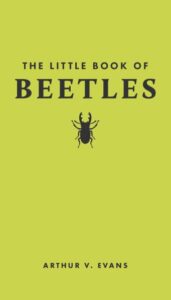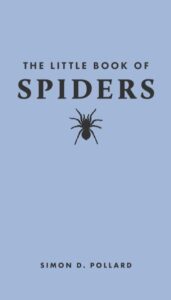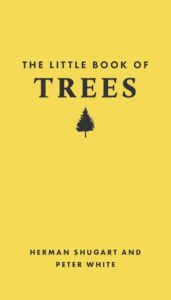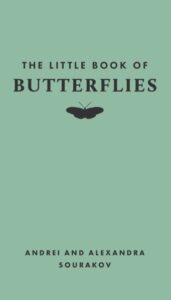 As an autodidact from an early age, and growing up in a small American town where the public schools were mediocre at best, I discovered early that a particularly effective way both to determine what I needed to learn and then to learn it was to seek out authoritative series of books and then read them in their entirety. For this lesson I have my parents to thank. When I was very young, they enrolled in a subscription to acquire for me a set of Childcraft Encyclopedias and encouraged me to turn to them whenever I had a question about something. It wasn’t long before I simply began reading them cover-to-cover. From there, I discovered other very helpful book series – the Golden Guides, the old Great Books boxed sets, even Dr. Eliot’s Five-Foot Shelf of Books (later to become the Harvard Classics) – and sought them out whenever I aspired to learn something new. Had the Observer’s Books been available to me in the U.S., you can be sure I would have never been without one in my pocket.
As an autodidact from an early age, and growing up in a small American town where the public schools were mediocre at best, I discovered early that a particularly effective way both to determine what I needed to learn and then to learn it was to seek out authoritative series of books and then read them in their entirety. For this lesson I have my parents to thank. When I was very young, they enrolled in a subscription to acquire for me a set of Childcraft Encyclopedias and encouraged me to turn to them whenever I had a question about something. It wasn’t long before I simply began reading them cover-to-cover. From there, I discovered other very helpful book series – the Golden Guides, the old Great Books boxed sets, even Dr. Eliot’s Five-Foot Shelf of Books (later to become the Harvard Classics) – and sought them out whenever I aspired to learn something new. Had the Observer’s Books been available to me in the U.S., you can be sure I would have never been without one in my pocket.
 So when I learned of Princeton University Press’ plans to introduce a new series of small hardcover books, each taking a different area a different natural history subject as their topic, I was particularly pleased indeed. The new series will be called the Little Books of Nature and the first four volumes, on beetles, butterflies, spiders, and trees respectively, will be published in early April of this year and four more, on dinosaurs, weather, whales, and fungi, scheduled to be added to the series this coming October. If they succeed in finding their audience, and as I’ve already seen copies of the first four volumes and have been impressed by what I’ve found between their covers, I very much hope they do, I expect even more will continue to be added, just has Princeton has continued to do with their popular Pedia series.
So when I learned of Princeton University Press’ plans to introduce a new series of small hardcover books, each taking a different area a different natural history subject as their topic, I was particularly pleased indeed. The new series will be called the Little Books of Nature and the first four volumes, on beetles, butterflies, spiders, and trees respectively, will be published in early April of this year and four more, on dinosaurs, weather, whales, and fungi, scheduled to be added to the series this coming October. If they succeed in finding their audience, and as I’ve already seen copies of the first four volumes and have been impressed by what I’ve found between their covers, I very much hope they do, I expect even more will continue to be added, just has Princeton has continued to do with their popular Pedia series.
 The overall format, size, and content of these handy little books is very reminiscent of the original Golden Guides and the Observer’s Books series. With each volume presenting a thorough but lively and accessible introduction to its topic, plenty of helpful illustrations, and a durable, pocket-size hardcover binding, these little books are delightful companions with which to go forth into the world or simply sit down with alongside a nice cup of tea. And to make them even more pleasant, the illustrations are hand-drawn and the paper isn’t high-gloss but rather a very eye-friendly soft matte finish.
The overall format, size, and content of these handy little books is very reminiscent of the original Golden Guides and the Observer’s Books series. With each volume presenting a thorough but lively and accessible introduction to its topic, plenty of helpful illustrations, and a durable, pocket-size hardcover binding, these little books are delightful companions with which to go forth into the world or simply sit down with alongside a nice cup of tea. And to make them even more pleasant, the illustrations are hand-drawn and the paper isn’t high-gloss but rather a very eye-friendly soft matte finish.
 I have high hopes for this new series, and I very much look forward both to reading the first four volumes and publishing my thoughts about them individually here.
I have high hopes for this new series, and I very much look forward both to reading the first four volumes and publishing my thoughts about them individually here.
Nota bene: the Little Books of Nature series has now been added to the Natural History Book Series list here in The Well-read Naturalist.
If you enjoyed reading this, please consider signing up for The Well-read Naturalist's newsletter. You'll receive a helpful list of recently published reviews, short essays, and notes about books in your e-mail inbox once each fortnight.
